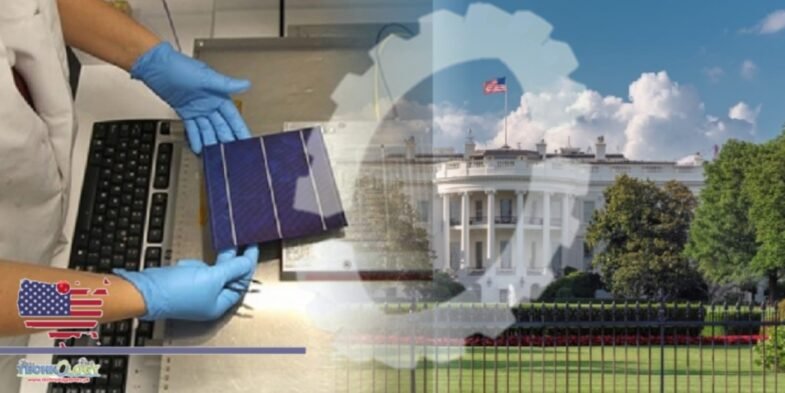Unlike most other advanced economies, the United States has typically relied on a diversity of decentralized federal science agencies to design and conduct the government’s research programmes. With funding decisions made by several congressional committees and with minimal oversight from the Office of Science and Technology Policy (OSTP) in the White House, this approach has been enormously successful.

As former directors of one of those science agencies, the National Institutes of Health (NIH), we remain fans of our distributed federal system. It encourages a broad base of support for the sciences in Congress, and it protects basic research from partisan politics and from narrowly managed planning processes. It has fostered US leadership in scientific discovery since the Second World War.
Yet we have come to realize that the country needs an additional mechanism to promote national and global goals: a Department of Technology and Science Policy (DTSP), the leader of which would join other department heads and administration leaders to form the president’s Cabinet.
What should this department do, and why do we propose it now? Over the past decade or more, the US government has been required to do more in science and technology than simply foster discovery and then expect the private sector to apply those discoveries to practical purposes — as Vannevar Bush, who organized the US government’s science programmes during the Second World War, advised in his foundational guidance more than 75 years ago1. Expanding demands have been precipitated by pandemics, climate change, transitions in sources of energy, loss of biological diversity, and other natural and social crises. Furthermore, the growing strength of the scientific enterprise in large parts of Asia and in a mostly unified Europe has sharpened the competition for global leadership, especially in the commercial sectors that are dependent on science and technology.
Governments in nearly all highly developed economies have responded to such pressures by establishing ministries to pursue strategic research goals and to coordinate long-term activities across sectors (see ‘Science governance in research-intensive regions’). China’s Ministry of Science and Technology, for example, has designed and funded the Made in China 2025 plan. This will invest in major technologies such as semiconductors, biotechnology, computing and other strategic industries, with the goal of China achieving 70% self-sufficiency by 2025 and 100% by 2049 (see go.nature.com/2zeknxs). Similarly, the European Union’s 95.5-billion (US$108-billion) Horizon Europe research programme for 2021–27 is intended to improve industrial competitiveness in all technologies that are crucial to a modern economy (see go.nature.com/2zdjpne).
The United States now seems to be the only research-intensive country without such an instrument, limiting its ability to compete and, equally importantly, to collaborate with other nations.
This news is actually on nature
